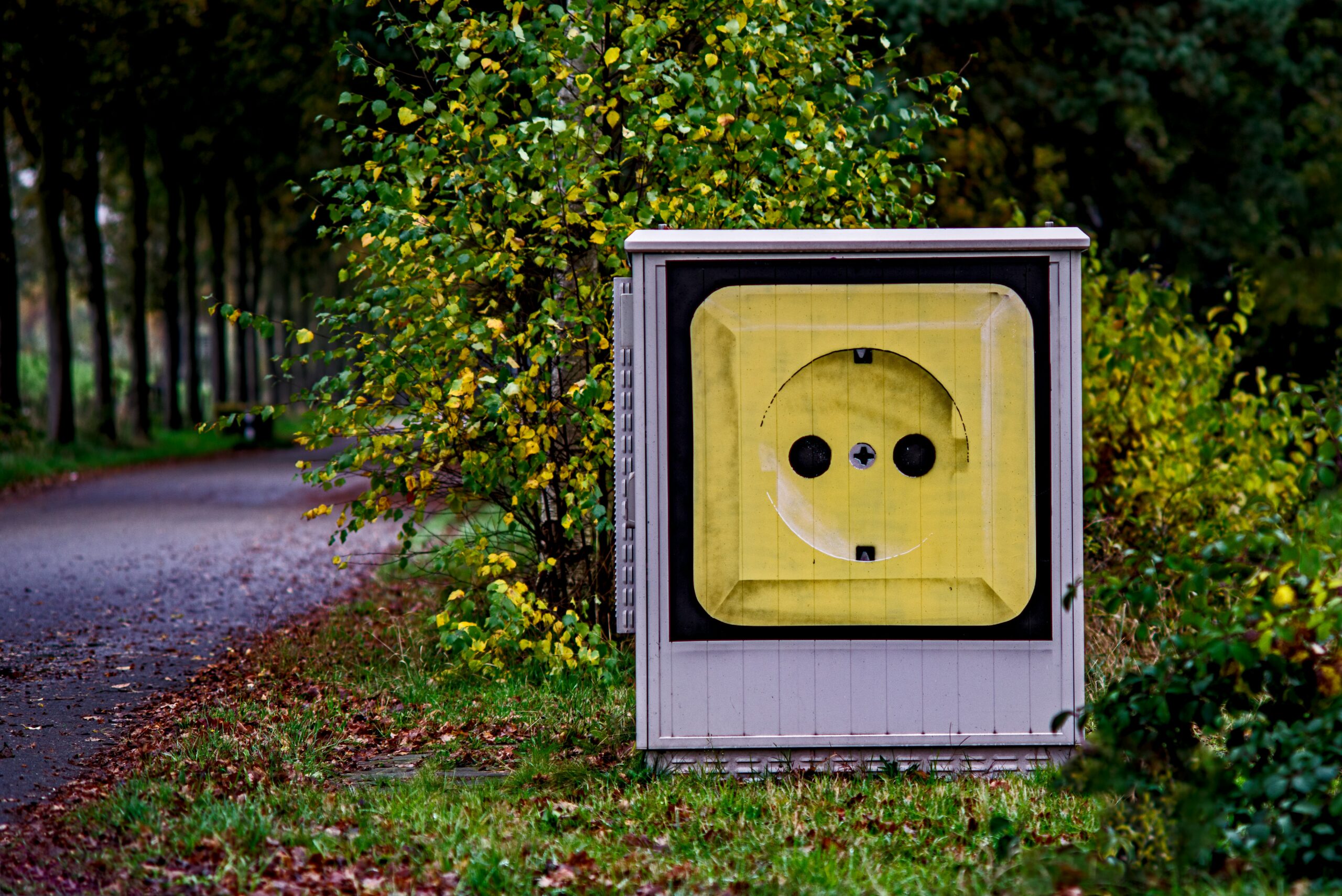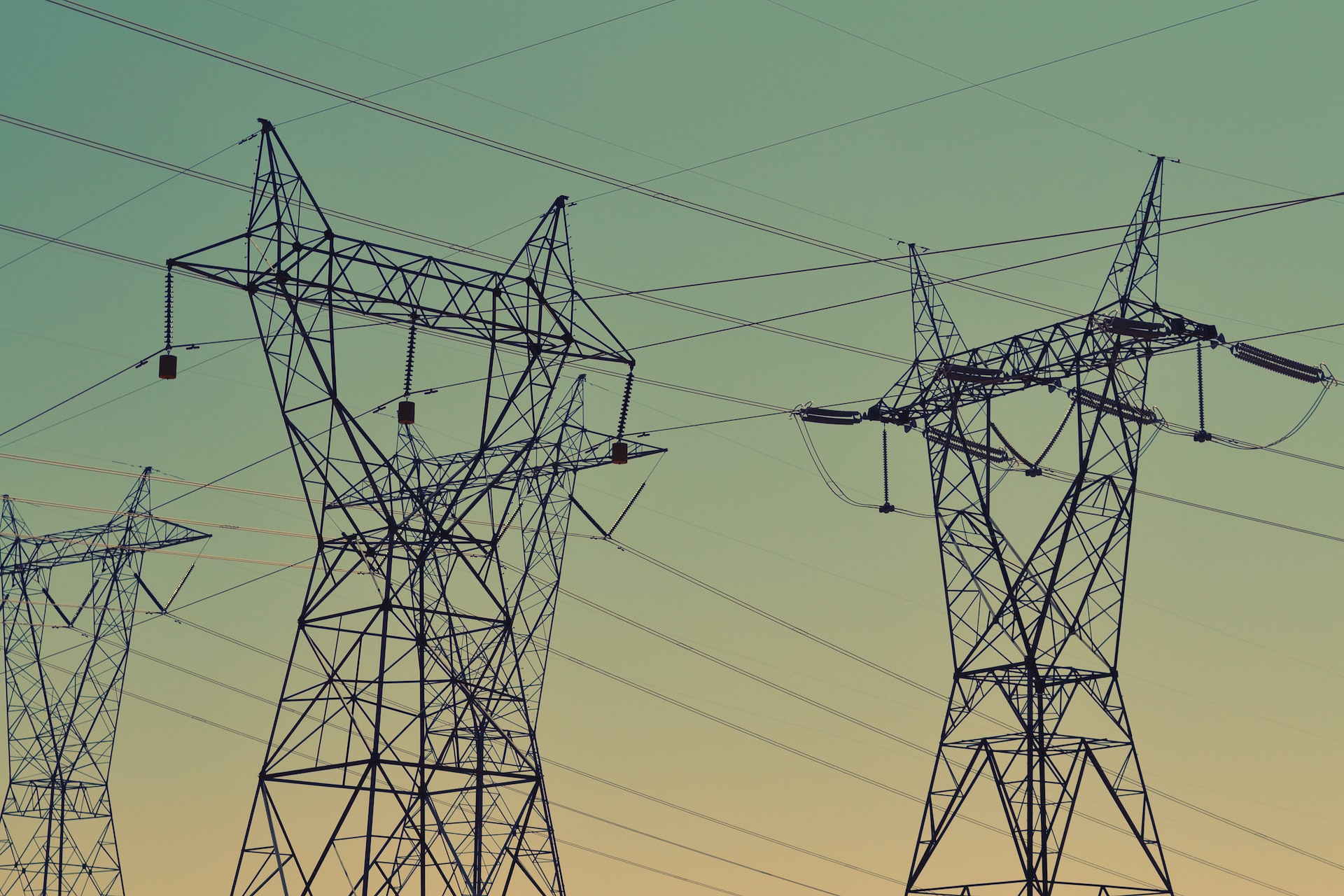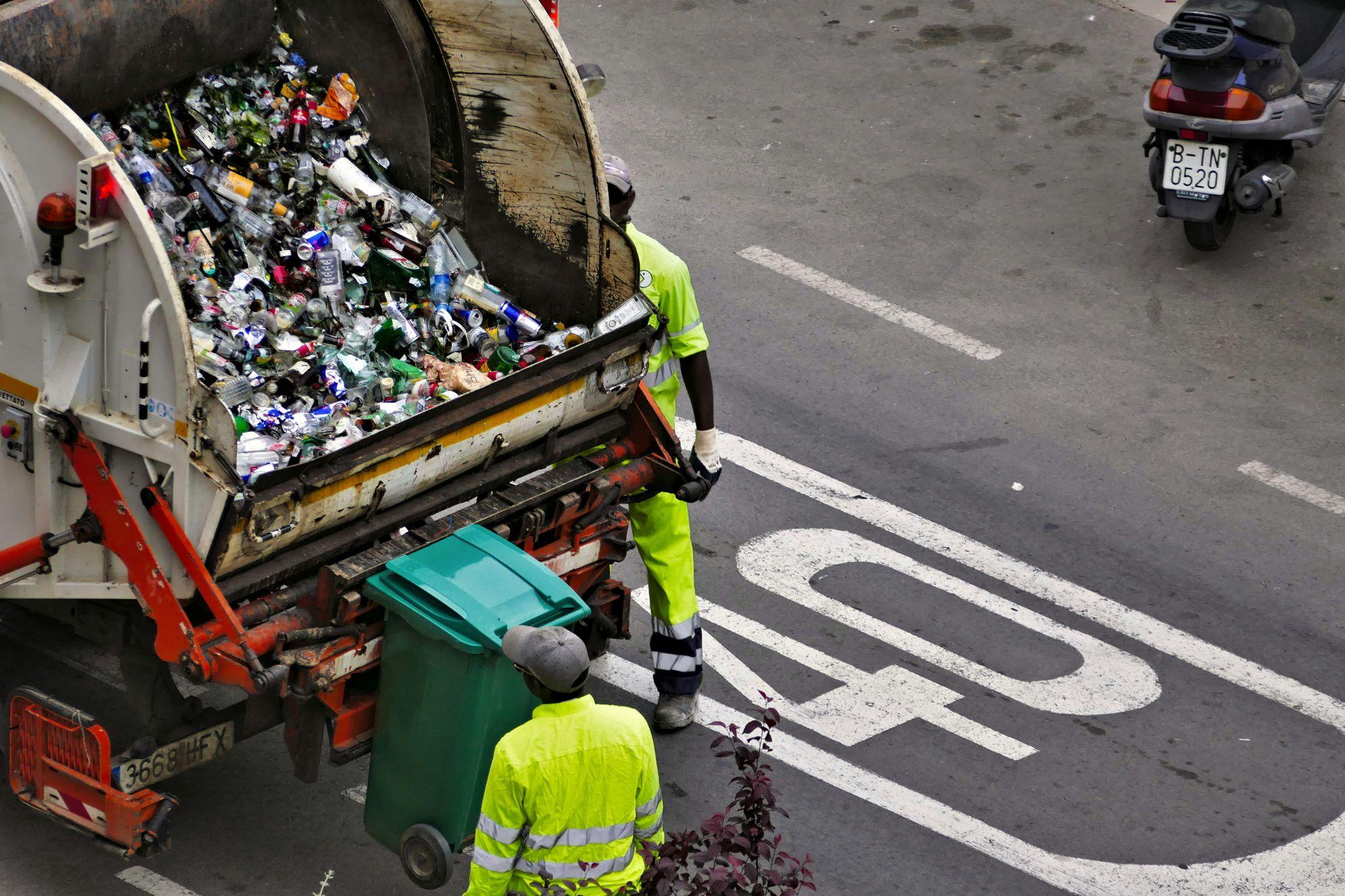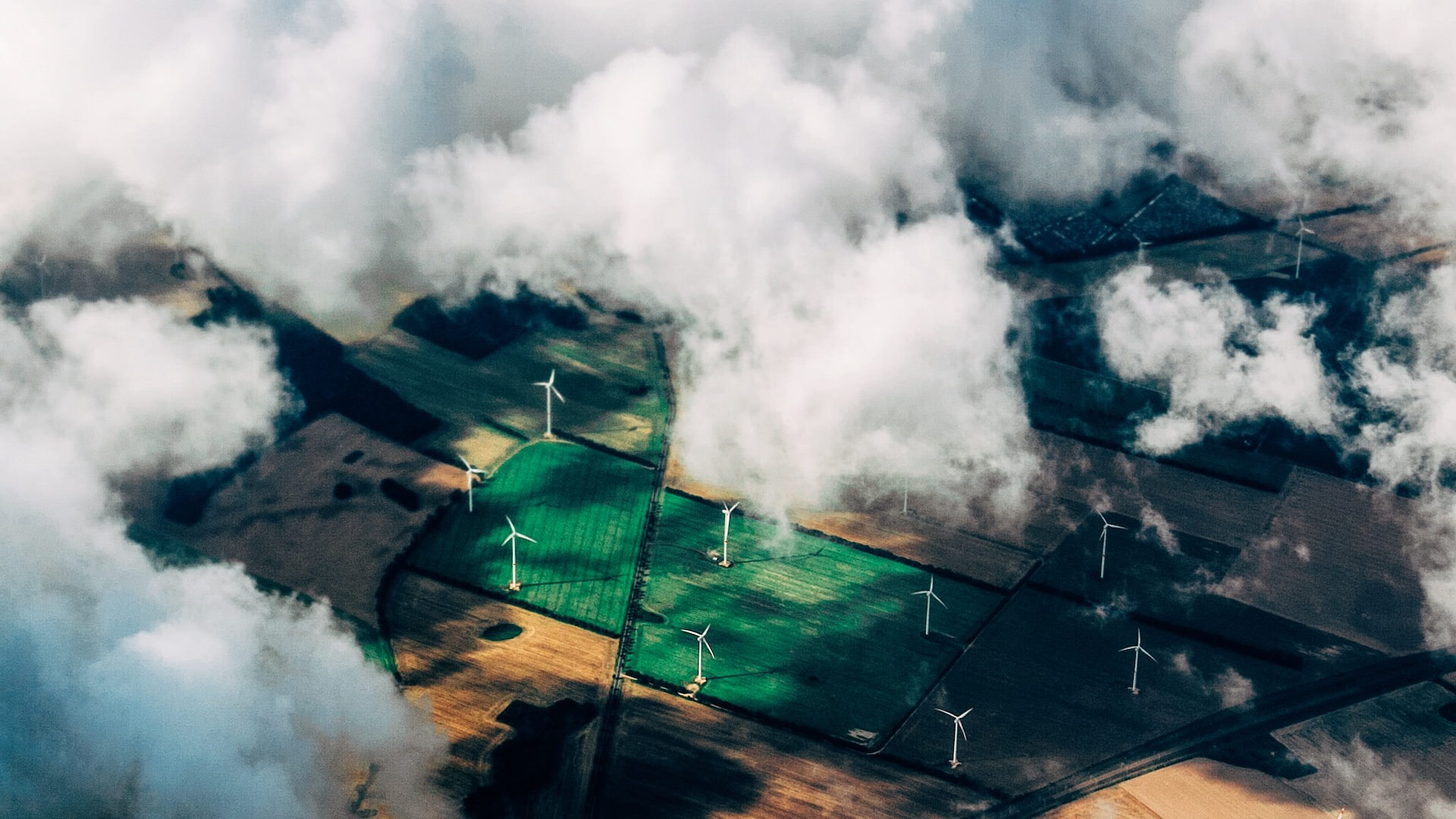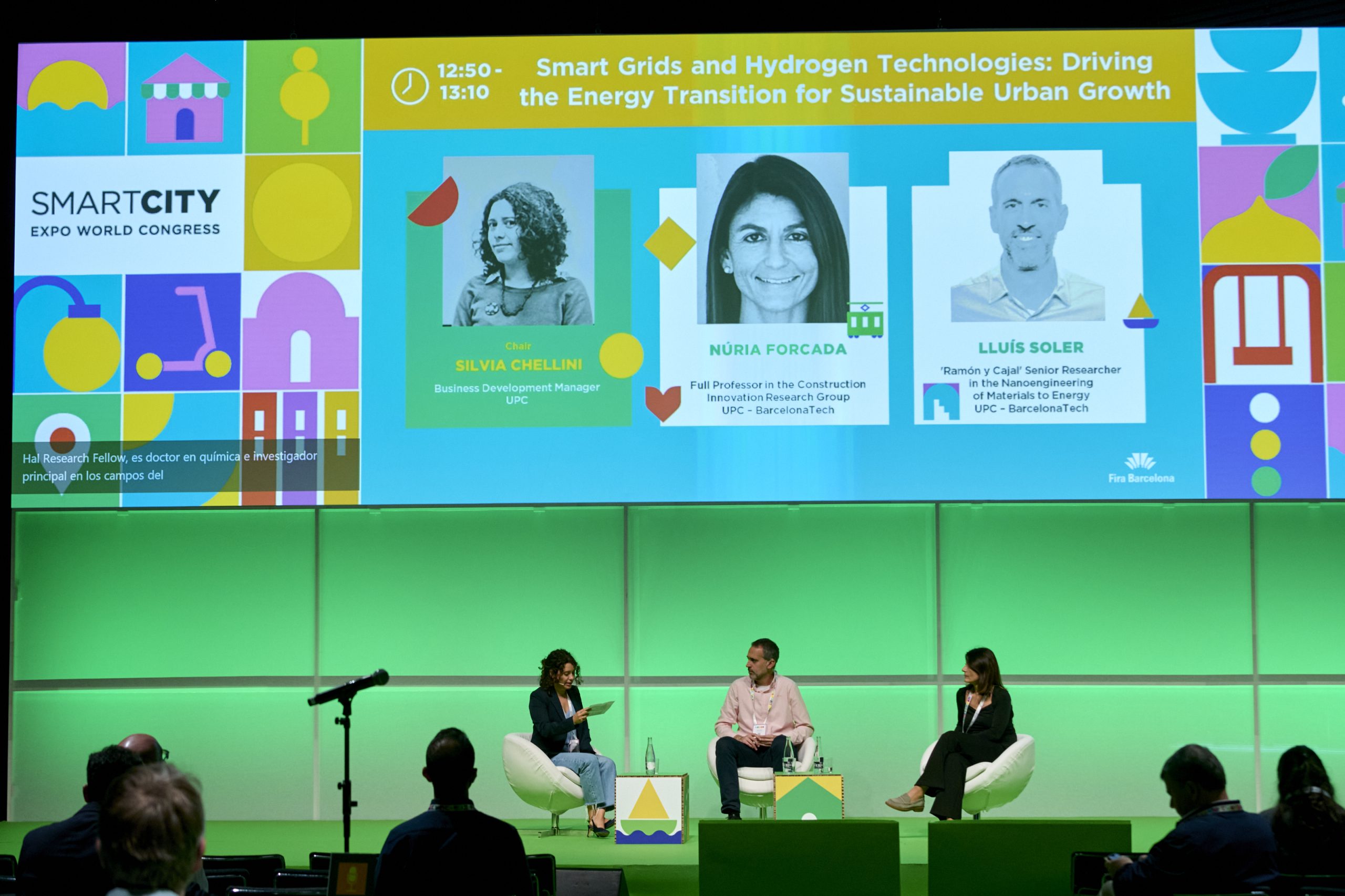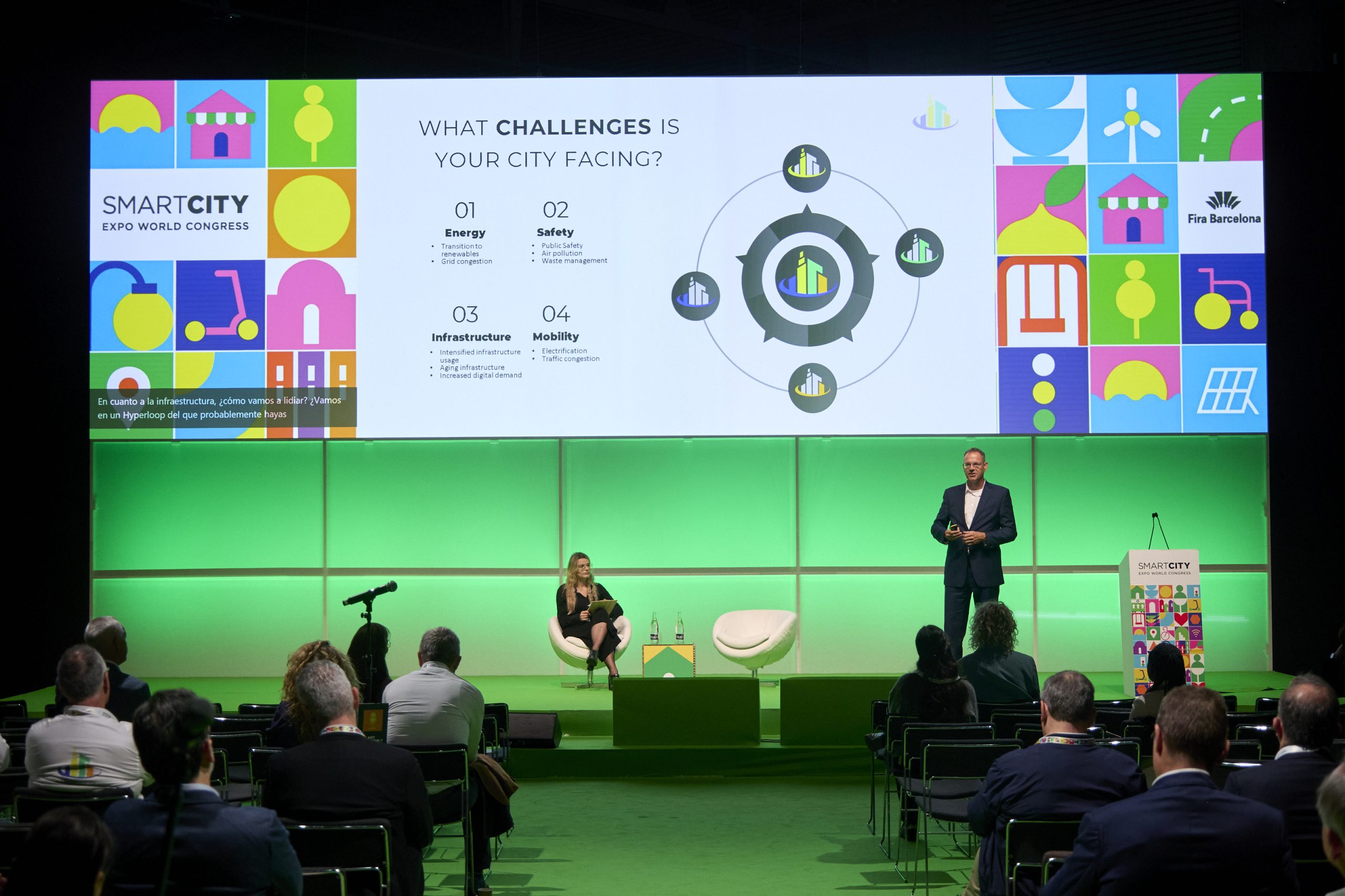Author | Lucía Burbano
Despite the severity of their long, dark, and cold winters, Scandinavian countries are firmly committed to using renewable sources and innovative systems to heat and light their buildings, which have even become global examples in accelerating energy decarbonization.
Now, Finland has taken a step further in the application of sustainable energy storage solutions: Polar Night Energy, a local startup, has developed batteries that use sand to store energy. This proven solution is expanding in Finland, with numerous projects currently under development.
Finland, a country with extreme temperatures, is committed to sustainable district heating solutions
In Finland, winter temperatures can range from -45°C to -50°C in Lapland and the eastern regions, -25°C to -35°C in the islands and coastal areas, and an average of -35°C to -45°C across the rest of the country.
To tackle these extreme temperatures, the most widespread system in Finland is district heating. In 2023, district heating accounted for 45% of the energy used in residential, commercial, and public buildings, according to a report by Energia.fi, which gathers data from various providers.
In 2024, the share of energy sourced from renewable energies, heat recovery, and electric boilers increased from 70% to 73% compared to the previous year. Zero-emission energy production now accounts for more than 60% of district heating production in Finland, resulting in a 24% reduction in CO2 emissions from district heating production.
The Finnish Integrated Energy and Climate Plan seeks to make electricity and heat production in Finland emission-free by the end of the 2030s, while ensuring the security of supply. Furthermore, to support this decarbonization effort, the use of coal for energy generation will be banned starting May 1, 2029.
Polar Night Energy is innovating with its sand batteries

To further advance the production of zero-emission energy, the startup Polar Night Energy, in collaboration with Loviisan Lämpö, a Finnish district heating company, is building a thermal energy storage system using sand batteries in the town of Pornainen, located in southern Finland.
This is the second facility of its kind, following the completion of the first commercial sand battery plant in 2023 in Kankaanpää for the clean energy provider Vatajankoski. In this case, the sand battery stands 7 meters tall and about 4 meters in diameter, with an 8 MWh capacity and 200 kW of storage.
The system stores residual heat recovered from the company’s data servers. In its first months of operation, from January to July 2023, the system achieved a global efficiency of 60-70%, as expected, and recorded savings of 91,000 kg of CO2 compared to the previous woodchip combustion system.
The Pornainen project takes it a step further, with the sand batteries’ capacity set to increase to 100 MWh. The size will also expand to 13 meters in height and 15 meters in width, as scaling up is expected to significantly enhance the performance and efficiency of these batteries.
In this case, surplus wind and solar energy will be stored, and the construction is expected to be completed by 2025. This project is in line with the city’s objectives to achieve carbon neutrality, since a number of its public buildings such as the city council or the library, already use district heating systems.
How sand batteries work
According to the Polar Night Energy website, a sand battery is a large-scale, high-temperature thermal energy storage system that uses sand or similar materials as its storage medium. It uses sand because of its ability to withstand temperatures beyond the boiling point of water, enabling it to store significantly more energy at a similar volume. Additionally, it has a long lifespan, as sand can be heated and cooled multiple times.
Sand batteries store energy as heat, with charging and discharging facilitated through heat transfer pipes. The air is heated using electricity, and the resulting energy is stored in the battery through a closed-circuit transfer system.
The process is called resistive heating, as heat is generated by the friction created when an electrical current passes through a material that is not a superconductor.
The sand battery can supply hot water, steam, or air with output temperatures of up to 600°C, meeting the needs of 36% of industrial processes that currently depend on oil and gas.
Status of Pornainen’s sand batteries

The project was launched when the woodchip boiler in Loviisa Lämmö, the district heating provider, approached the end of its operational lifespan. After evaluating the available options on the market, they chose Polar Night Energy’s solution to serve their customers. In addition to its environmental benefits, the system allows for optimized use based on electricity prices and the reserves market.
According to local media, the construction is progressing smoothly. The batteries have been filled with 2,000 tons of crushed soapstone, prized for its high thermal conductivity, sourced from Tulikivi’s heat-retaining fireplace production. Testing began this winter, with commissioning scheduled for 2025.
Another Finnish online journal explains that Polar Night Energy’s plans don’t end here. The startup has announced that it is searching for a site to build a new pilot plant designed to test a sand battery version that will enable the stored thermal energy to be converted back into electricity.
Construction of the plant is set to begin in the summer of 2025, with the pilot test phase expected to run until the end of 2026.
Photographs | Polar Night Energy





